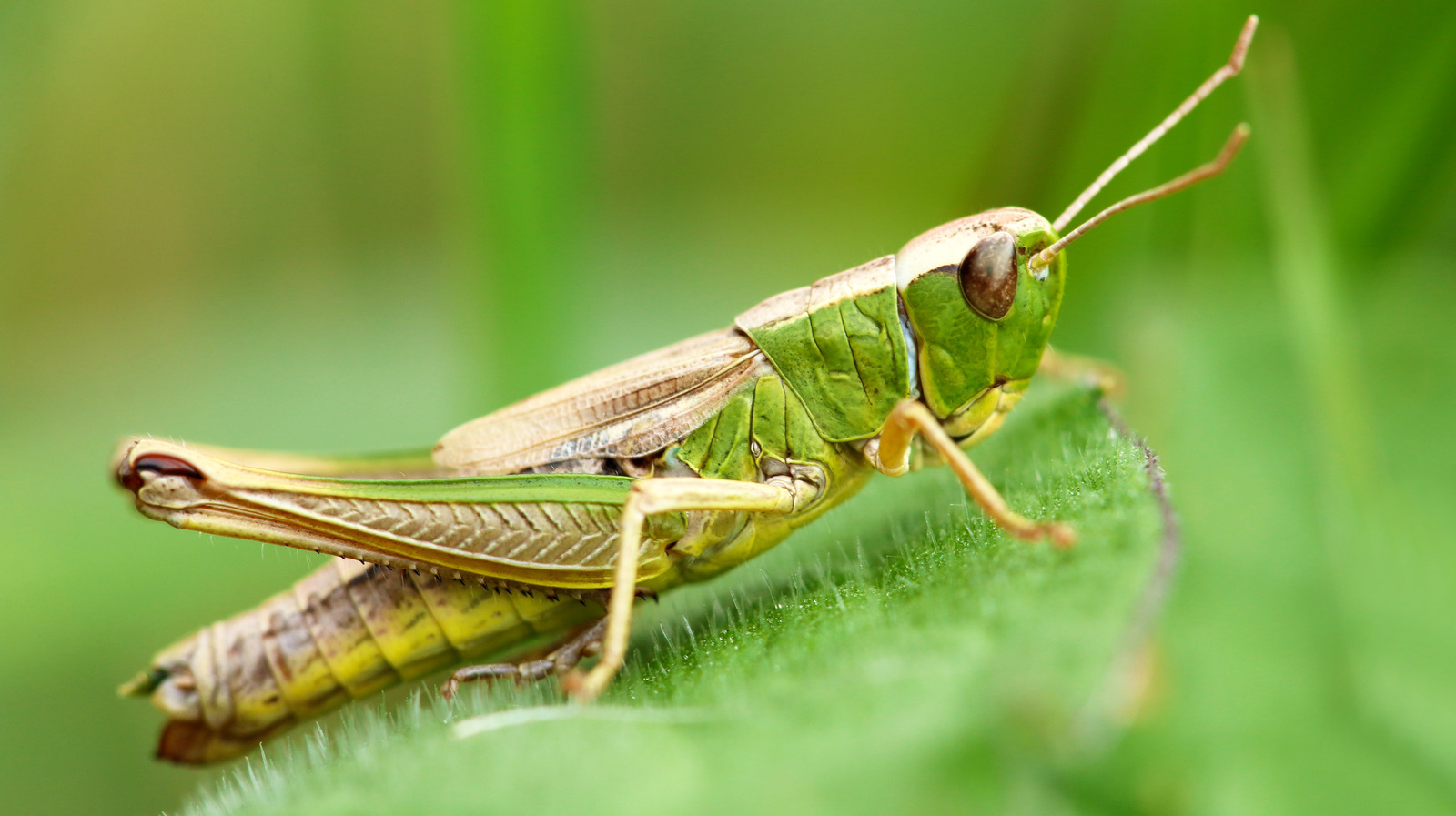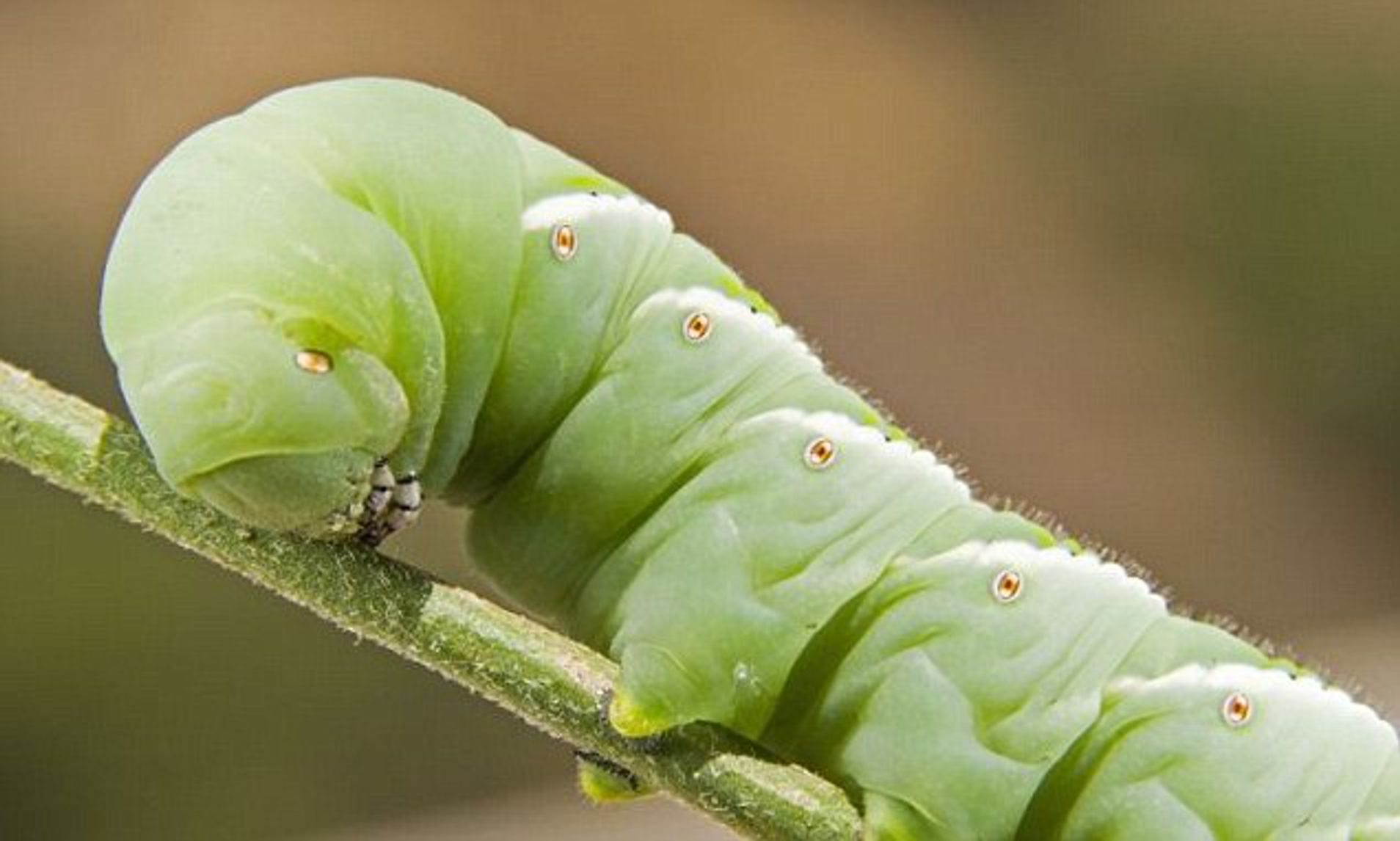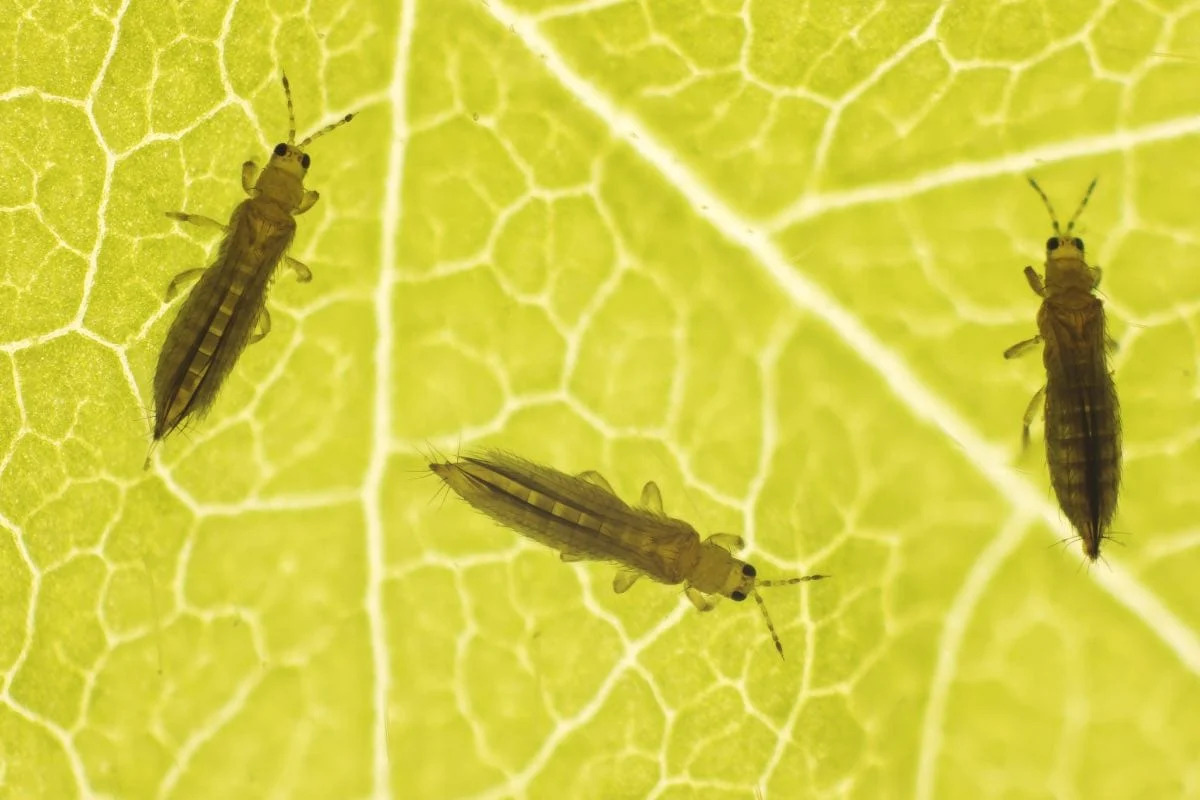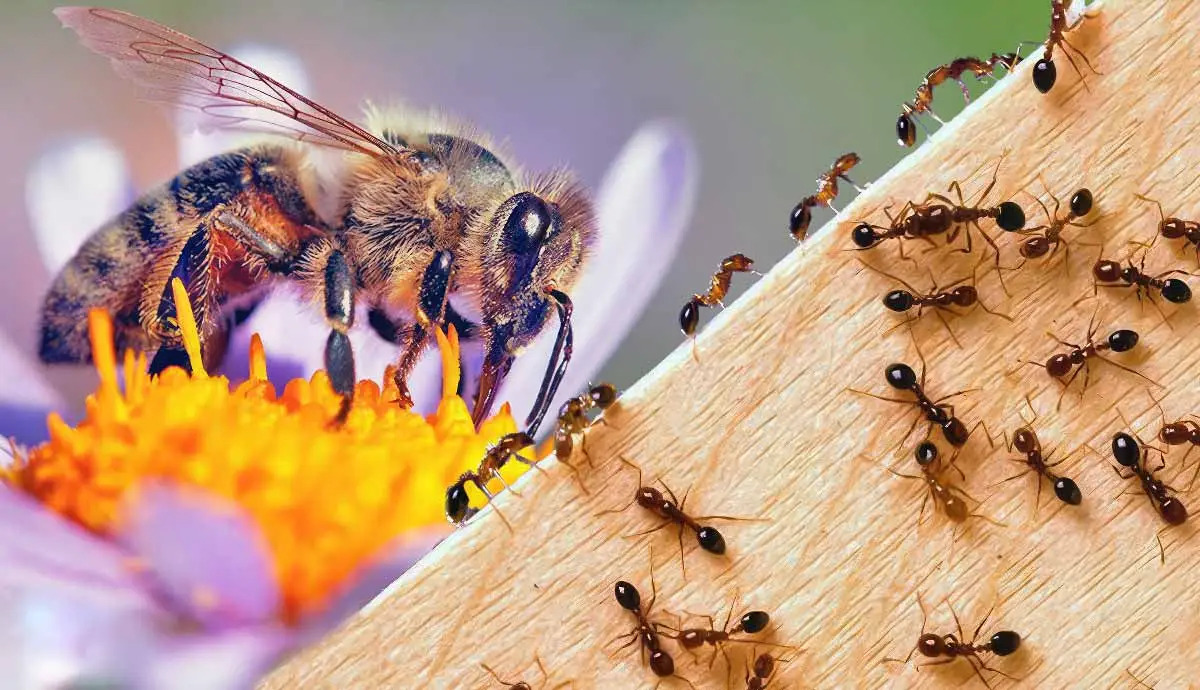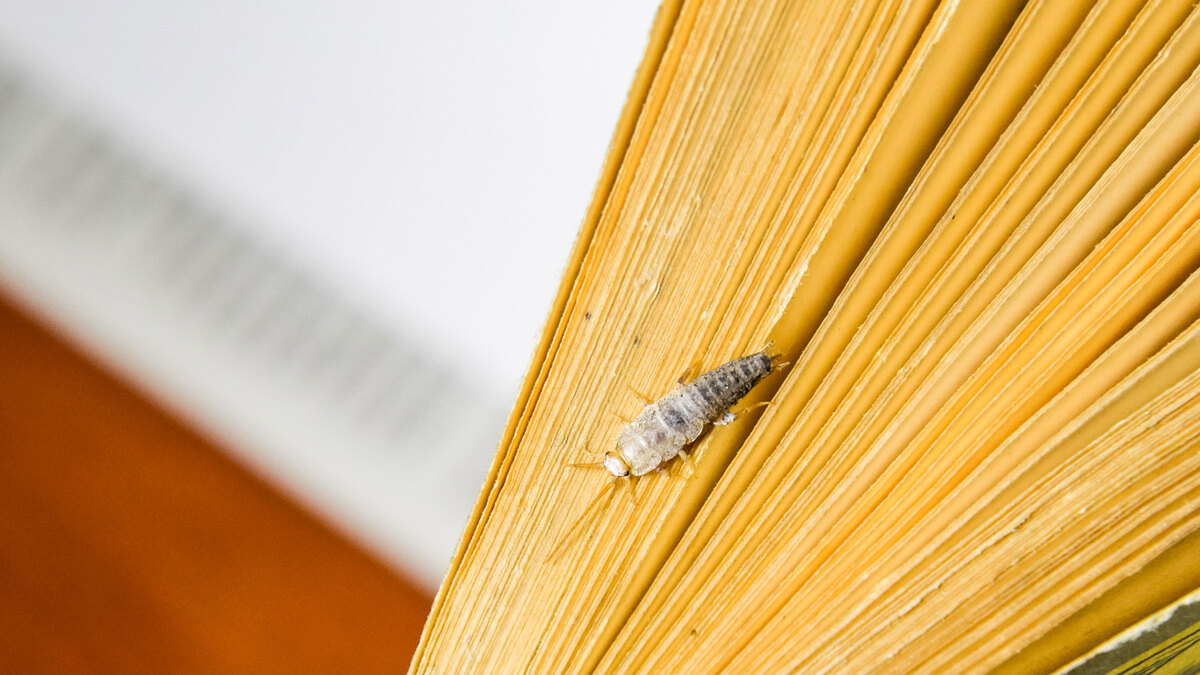Home>Gardening News and Trends>Latest News>What Insects Does Diatomaceous Earth Kill


Latest News
What Insects Does Diatomaceous Earth Kill
Modified: January 22, 2024
Discover the latest news on the insects that diatomaceous earth can kill. Learn how this natural solution can effectively eliminate pests in your home.
(Many of the links in this article redirect to a specific reviewed product. Your purchase of these products through affiliate links helps to generate commission for Chicagolandgardening.com, at no extra cost. Learn more)
Table of Contents
Introduction
Diatomaceous earth (DE) is a natural substance that has gained popularity as an effective insect control method. This fine powder is derived from the fossilized remains of microscopic algae called diatoms, and it is known for its ability to eradicate a wide range of insects. Whether you are dealing with ants, cockroaches, fleas, bed bugs, or even garden pests, diatomaceous earth can be a powerful tool in your pest control arsenal.
One of the main advantages of diatomaceous earth is that it works through a physical rather than chemical mechanism. This means that it does not pose the same risks to humans, pets, and the environment as conventional insecticides. Additionally, diatomaceous earth is a highly affordable option that can be easily applied to target areas.
In this article, we will explore the types of insects that can be effectively controlled using diatomaceous earth. We will also discuss how diatomaceous earth works, the benefits of its use, various application methods, and important precautions to take when using it.
So whether you are dealing with a pesky bug infestation in your home or looking for a more natural and eco-friendly solution for your garden, read on to discover how diatomaceous earth can be an effective weapon against unwanted insects.
Types of Insects Targeted by Diatomaceous Earth
Diatomaceous earth is a versatile insect control solution that can effectively target a wide range of insects. Here are some of the common types of insects that can be controlled using diatomaceous earth:
- Crawling Insects: Diatomaceous earth is highly effective against crawling insects such as ants, cockroaches, silverfish, and bed bugs. When these insects come into contact with diatomaceous earth, the microscopic particles penetrate their exoskeleton, causing them to dehydrate and eventually die.
- Flying Insects: While diatomaceous earth is primarily known for its effectiveness against crawling insects, it can also have an impact on flying insects. Although it may not be as effective in directly killing flying insects like mosquitoes or flies, it can be used to control populations indirectly. By applying diatomaceous earth to areas where flying insects rest or breed, such as window frames or around garbage cans, it can help reduce their numbers.
- Garden Pests: Diatomaceous earth can be used to control pests in the garden, including slugs, snails, and even caterpillars. By creating a barrier around plants or sprinkling diatomaceous earth directly on pests, you can prevent them from damaging your crops and flowers.
- Fleas and Ticks: Diatomaceous earth can be used to combat fleas and ticks both indoors and outdoors. By applying the powder to carpets, pet bedding, and areas where fleas and ticks are commonly found, you can effectively eliminate these bothersome pests.
It is important to note that diatomaceous earth attacks insects with exoskeletons and not those with soft bodies, such as earthworms. Therefore, it is crucial to avoid applying diatomaceous earth indiscriminately, ensuring that it only comes in contact with the targeted insects.
Now that we have explored the types of insects that can be targeted by diatomaceous earth, let’s delve into how this natural substance works to eliminate them effectively.
How Diatomaceous Earth Works
Diatomaceous earth works through a physical mechanism to eliminate insects. The microscopic particles of diatomaceous earth have sharp edges that can penetrate the protective exoskeleton of insects. When an insect comes into contact with diatomaceous earth, the powder adheres to its body, causing tiny lacerations.
As the insect moves, the sharp particles further damage its exoskeleton, leading to dehydration and eventually death. The process works by absorbing the waxy outer layer of the insect’s exoskeleton, which serves to retain moisture. Once this layer is compromised, the insect loses its ability to retain water, causing it to dry out and perish.
Not only is diatomaceous earth effective against adult insects, but it can also target immature or developing stages. The fine particles can penetrate the soft bodies of larval insects, such as fleas or bed bug eggs, leading to their desiccation and extinction as well.
Another important aspect of diatomaceous earth is that it does not lose its effectiveness over time. As long as the powder remains dry, it can continue to eliminate insects for an extended period. This makes it an ideal long-term solution for insect control.
Moreover, diatomaceous earth is safe to use around humans and pets when applied correctly. Since it acts physically rather than chemically, it does not pose the same risks associated with conventional insecticides. However, it is essential to follow proper precautions and guidelines to minimize any potential inhalation of the fine particles.
Now that we understand how diatomaceous earth works to eliminate insects, let’s explore the benefits of incorporating this natural solution into your insect control routine.
Benefits of Using Diatomaceous Earth for Insect Control
Using diatomaceous earth as an insect control method offers several benefits compared to traditional chemical insecticides. Let’s explore some of the advantages:
- Natural and Non-Toxic: Diatomaceous earth is a natural substance that poses minimal risks to humans, pets, and the environment. Unlike chemical insecticides, it does not leave behind harmful residues or contaminate soil and water sources.
- Effective Against Various Insects: Diatomaceous earth can target a wide range of insects, including crawling insects, flying insects, and garden pests. It offers a broad spectrum of control that makes it versatile for various pest infestations.
- Long-Lasting Protection: Once applied, diatomaceous earth remains effective as long as it remains dry. This means that it provides long-lasting protection against insects and can be an efficient solution for ongoing pest control.
- Easy Application: Applying diatomaceous earth is a relatively simple process. It can be sprinkled directly onto areas where insects are present or applied as a barrier to prevent their entry. It can also be used indoors and outdoors, making it adaptable to different environments.
- Affordability: Diatomaceous earth is a cost-effective solution for insect control. It is generally less expensive than chemical insecticides, and a small amount goes a long way in protecting your home or garden against pests.
- Minimal Resistance Development: Since diatomaceous earth works physically rather than chemically, the likelihood of insect resistance development is significantly reduced. This means that it can continue to be effective against insects over time without losing its efficacy.
Incorporating diatomaceous earth into your insect control strategy offers these benefits while providing a safer and more environmentally friendly alternative to conventional insecticides. However, it is important to understand the proper application methods to ensure optimal results.
Next, we will discuss different application methods for diatomaceous earth to effectively control insects in various situations.
Application Methods for Diatomaceous Earth
There are several application methods for using diatomaceous earth to control insects. The method you choose will depend on the specific situation and the type of insects you are targeting. Here are some common application methods:
- Dusting: This method involves sprinkling a thin layer of diatomaceous earth onto surfaces where insects are present or likely to come into contact. You can use a handheld duster or simply sprinkle the powder by hand. Dusting is particularly effective for controlling crawling insects like ants and cockroaches.
- Barrier Application: Creating a barrier of diatomaceous earth around the perimeter of your home or garden can prevent insects from entering. Sprinkle a line of powder along the areas where insects are likely to travel, such as windowsills, doorways, and cracks in the foundation. This method is useful for deterring crawling insects and garden pests.
- Mixing with Water: In some cases, diatomaceous earth can be mixed with water to create a spray solution. This method is often used for controlling flying insects like mosquitoes or fruit flies. Mix the powder with water according to the manufacturer’s instructions and spray it onto areas where the insects are active.
- Applying to Pet Beds and Play Areas: If you are dealing with fleas or ticks on your pets, applying diatomaceous earth to their bedding areas can help control these pests. Sprinkle the powder onto the bedding material or directly onto the pet’s fur. Be sure to avoid contact with the pet’s eyes and nose.
- Garden Application: To control garden pests, sprinkle diatomaceous earth directly onto plants or create a protective barrier around them. Remember to reapply after rainfall or irrigation, as diatomaceous earth loses its effectiveness when wet.
Remember to follow the manufacturer’s instructions when applying diatomaceous earth and take proper precautions to avoid inhalation of the fine particles. It is recommended to wear a dust mask and gloves when handling and applying the product.
By utilizing these application methods correctly, you can maximize the effectiveness of diatomaceous earth as an insect control solution in various settings. However, it is crucial to be mindful of safety measures and potential risks associated with its use.
Next, let’s discuss important precautions and safety measures to keep in mind when using diatomaceous earth for insect control.
Precautions and Safety Measures when using Diatomaceous Earth
While diatomaceous earth is generally safe to use, it is important to take precautions to ensure your safety and the safety of others. Here are some key precautions and safety measures to keep in mind:
- Use Protective Gear: When handling and applying diatomaceous earth, it is recommended to use protective gear such as gloves and a dust mask. This will help prevent direct contact with the powder and minimize inhalation of the fine particles.
- Avoid Applying on Windy Days: It is best to avoid applying diatomaceous earth on windy days to prevent the powder from blowing into unintended areas or causing respiratory discomfort.
- Keep away from Eyes and Nose: When applying diatomaceous earth, avoid getting the powder in your eyes or nose. If accidental contact occurs, rinse thoroughly with clean water.
- Follow Manufacturer’s Instructions: Read and follow the instructions and guidelines provided by the manufacturer of the diatomaceous earth product. Different brands may have specific recommendations regarding application rates, mixing instructions, and safety precautions.
- Keep out of Reach of Children and Pets: Store diatomaceous earth in a secure location away from children and pets to prevent accidental ingestion or contact. While diatomaceous earth is generally safe, ingestion can cause irritation or gastrointestinal discomfort.
- Avoid Applying to Edible Portions of Plants: When using diatomaceous earth in the garden, avoid applying it directly to edible portions of plants. While the powder is considered safe, it is best to minimize direct contact with food crops.
- Maintain Proper Ventilation: When applying diatomaceous earth indoors, ensure proper ventilation to minimize the buildup of airborne particles. Open windows and use fans to improve air circulation while applying the powder.
- Clean up Excess Powder: After application, carefully clean up any excess diatomaceous earth to avoid accidental contact or ingestion. Dispose of the waste properly, following local regulations.
By taking these precautions and following safety measures, you can effectively utilize diatomaceous earth as an insect control method while ensuring the well-being of yourself, your family, and your pets.
Now, let’s summarize the key points we have covered regarding diatomaceous earth and its benefits for insect control.
Conclusion
Diatomaceous earth is a natural and effective solution for controlling a wide range of insects. Derived from fossilized remains of diatoms, diatomaceous earth works by physically damaging the exoskeletons of insects, leading to their dehydration and eventual demise. It is a versatile option that can target crawling insects, flying insects, and garden pests, providing long-lasting and cost-effective insect control.
Using diatomaceous earth offers several benefits compared to chemical insecticides. It is non-toxic, safe for humans and pets, and does not leave behind harmful residues. Additionally, diatomaceous earth can be easily applied using various methods, including dusting, barrier application, mixing with water for spraying, and targeted application to pet bedding or garden areas.
However, it is important to take precautions and follow safety measures when using diatomaceous earth. Wearing protective gear, avoiding windy conditions, and keeping the powder away from eyes and nose are essential for your safety. It is also crucial to follow the manufacturer’s instructions and store the product in a secure location away from children and pets.
Diatomaceous earth provides an eco-friendly alternative for insect control, minimizing the risks associated with conventional chemical insecticides. By incorporating diatomaceous earth into your pest management routine, you can effectively control insect infestations while promoting a safer and healthier environment.
So, whether you are dealing with ants in your kitchen, fleas on your pets, or garden pests destroying your plants, consider using diatomaceous earth as a natural and cost-effective solution. Take advantage of its benefits, apply it correctly, and enjoy the pest-free environment it can help create.
